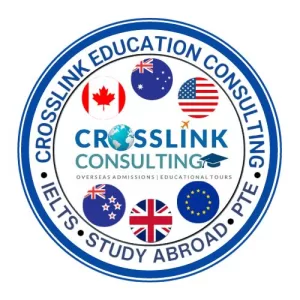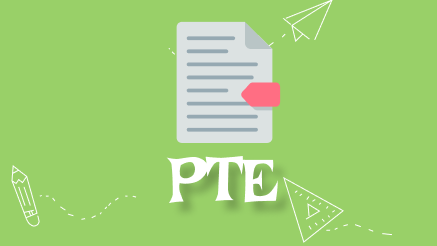Studying abroad is an enriching and transformative experience that offers an opportunity to pursue education in a foreign country. It involves immersing oneself in a new culture, academic environment, and way of life. This international educational journey goes beyond traditional classroom learning, providing students with a unique chance to develop personal growth, cultural awareness, and professional development with myriad benefits.

Whether it is about pursuing higher education, a specific field of study, or simply seeking personal growth, studying abroad can be a life-changing experience. As you embark on this journey, it’s mandatory to research potential destinations, institutions, and programs while considering practical aspects like finances, visas, and accommodation. Your study abroad adventure is not just about academics; it’s about seizing new possibilities, extending perspectives, and making experiences last a lifetime.

Here are a few tips which would help you in planning your journey abroad
Research and Choose a program.
- Research Universities and colleges that would help you in finding out the programs that would align you with your career and academic goals.
- Check admission requirements, application deadlines, and prerequisites for your chosen program.
Language Proficiency
- Most institutions require English or French language proficiency. You might need to take tests like IELTS, TOEFL, or others. Check the specific requirements of your chosen institution.
Financial Planning
- Create a budget that covers tuition fees, living expenses, healthcare, and other costs. Explore scholarships, grants, and part-time job opportunities for international students.
Apply to Universities
- Submit your applications online through the respective university’s admission portal.
- Prepare documents such as transcripts, recommendation letters, statement of purpose, and resume.
Secure Acceptance
- Once you receive acceptance letters, review them carefully. Follow the instructions to confirm your enrolment.
Student Visa and Permits
- Apply for a study permit (student visa) from the Government of Canada.
- Make sure to fulfill all the requirements, including proof of acceptance, financial support, and medical examination.
Accommodation
- Research on-campus and off-campus housing options. Many universities provide accommodation for international students.
Health Insurance
- Health insurance is mandatory for international students. Check if your institution offers a student health plan or obtain private health insurance.
Pre-departure preparation
- Make travel arrangements, book flights, and plan your arrival in Canada.
- Pack essentials, important documents, and items for your new life.
Arrival and Settlement
- Arrive in Canada a few weeks before your program starts to settle in and get accustomed to your surroundings.
- Attend orientation sessions to familiarize yourself with campus facilities, academic expectations, and cultural norms.
Register with local authorities
- After arrival, register with local authorities and obtain the necessary identification documents.
Academic Journey
- Attend classes regularly, participate actively, and seek help if needed.
- Utilize academic resources such as libraries, research centers, and study groups.
Work Opportunities
- Check if you’re eligible for work opportunities on or off campus. Follow the regulations and restrictions set by your study permit.
Explore
- Make the most of your time in Canada by exploring its culture, natural beauty, and diverse attractions, broaden your horizons, and create everlasting memories as “YOU LIVE ONLY ONCE.
Remember that this is only a broad overview. Check the particular criteria and rules of your selected university and consult official sources, such as the Government of Canada’s official website. You can also visit Crosslink Consulting for the most accurate and up-to-date information.
Team Crosslink wishes you all the best for your future!


